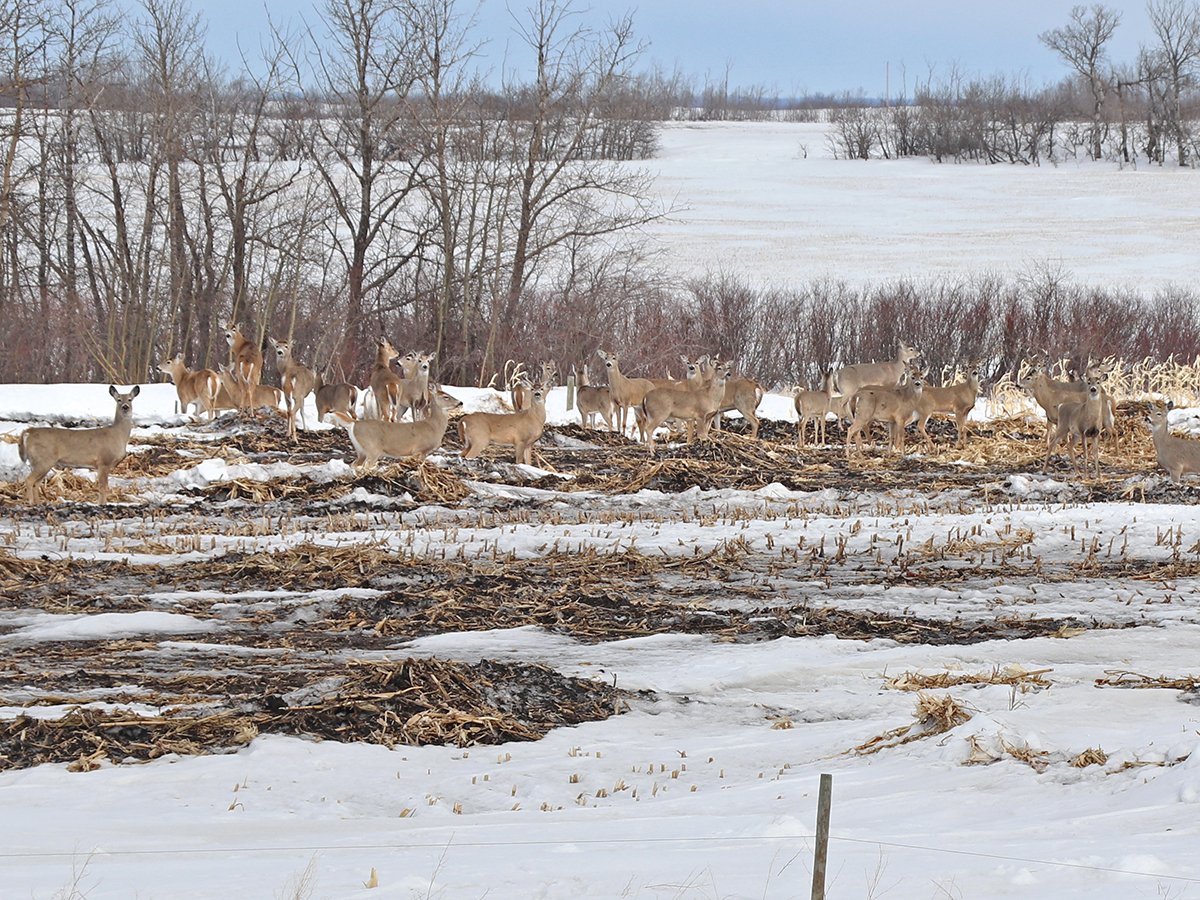Combining the best qualities of cattle breeds can improve growth and carcass traits, but producers need to know tradeoffs
Crossbreeding is one of the best ways to improve a beef herd, but each producer must decide which traits are important and profitable.
“Your success will depend on your ability to do the $500 an hour work versus the $5 an hour work,” said beef specialist Bob Weaber of Kansas State University.
“It is based on your ability to sit down and figure out your herd and build a plan and set attainable goals on what you want to achieve.”
A plan needs to be developed over time based on experience and good advice, he said during a webinar sponsored by the National Cattlemen’s Beef Association. The producer must then stick to the plan.
Read Also

Foot-and-mouth disease planning must account for wildlife
Our country’s classification as FMD-free by the World Organization for Animal Health has significant and important implications for accessing foreign markets.
A crossbreeding plan introduces heterosis, also known as hybrid vigour, which makes improvements by combining the best qualities of breeds.
The main goal should be to improve production efficiency, whether maintaining a straight-bred or crossbred system.
“As you evaluate your own breeding system as a producer, it is important to think about these and what the tradeoffs are, the things you give up or capture in either of those two breeding systems,” he said.
Research has shown that fertility has low heritability, so producers are limited in the amount of im-provements they are likely to make in reproductive efficiency.
However, growth and carcass traits have moderate to high heritability.
“It is that little extra boost of performance we get in crossbred calves as compared to the average of its straight-bred parents,” he said.
Longevity studies going back 20 years show crossbred cows live longer and produce more calves.
“We see from about 25,000 matings about a 16 percent improvement in longevity, subsequent matings and longer productive life in crossbred cows compared to straight-bred cows in the same production environment,” he said.
“In that additional lifespan, those cows produce about one more calf on average and had a cumulative improved weaning weight of about 600 pounds per cow,” he said.
Many of the improvements come from introducing a new bull.
Many producers look for a bull that offers calving ease, but other equally valuable traits are available to improve the next generation.
The experts urge producers to buy bulls with genomically en-hanced expected progeny differences.
Jared Decker, a beef genetics specialist at the University of Missouri, said EPD accuracy improves whenever more information is added.
“We are not getting the message across in terms of how valuable EPDs are and economic selection indexes are in selecting these cattle,” Decker said.
Bulls contribute three-quarters of the genetic improvement, so the more information that is available, the better the chances of making real progress.
DNA testing technology has grown exponentially in less than 20 years. It cost $5,292 in 2001 to sequence a million base pairs of DNA, but today it is pennies per test.
Some producers may be skeptical about the value of these tests because early products were heavily promoted in their ability to mark certain valuable traits. Most tests did not live up to the marketing hype.
“There were some assumptions made when those tests were designed that there were a small number of genes that were affecting these complex traits like weaning weight, milkability or calving ease or marbling,” Decker said.
“That assumption of a small number of genes influencing these complex quantitative traits really didn’t reflect the actual biology.”
Most of the major breed associations have now aligned with commercial companies and are offering more meaningful tests with information collected from thousands of animals.
The dairy industry has widely accepted the technology with the Holstein breed typing more than one million animals.
“This is really influencing how dairy cattle are being selected,” said Decker.
“With genomic prediction, what we are basically trying to do is take the entire gene into account as we use the DNA technology to create measures of their genetic merit.”
New research is offering new products with commercial applications.
Genomic predictions are available for commercial heifers to make more genetic progress when selecting replacements.
Measuring common maternal traits such as birth weights, calving ease and milk production across multiple breeds of cattle is another active area of research.
Decker said it is a long-term initiative.
“These genomic predictions will change and be tweaked over time,” he said. “Genomic predictions work, and it is providing value to the beef industry, and hopefully we get to this point where we reach this platform of productivity and have a beef industry that really trusts and utilizes this technology to produce a more sustainable product.”
For more information, visit eBEEF.org.















